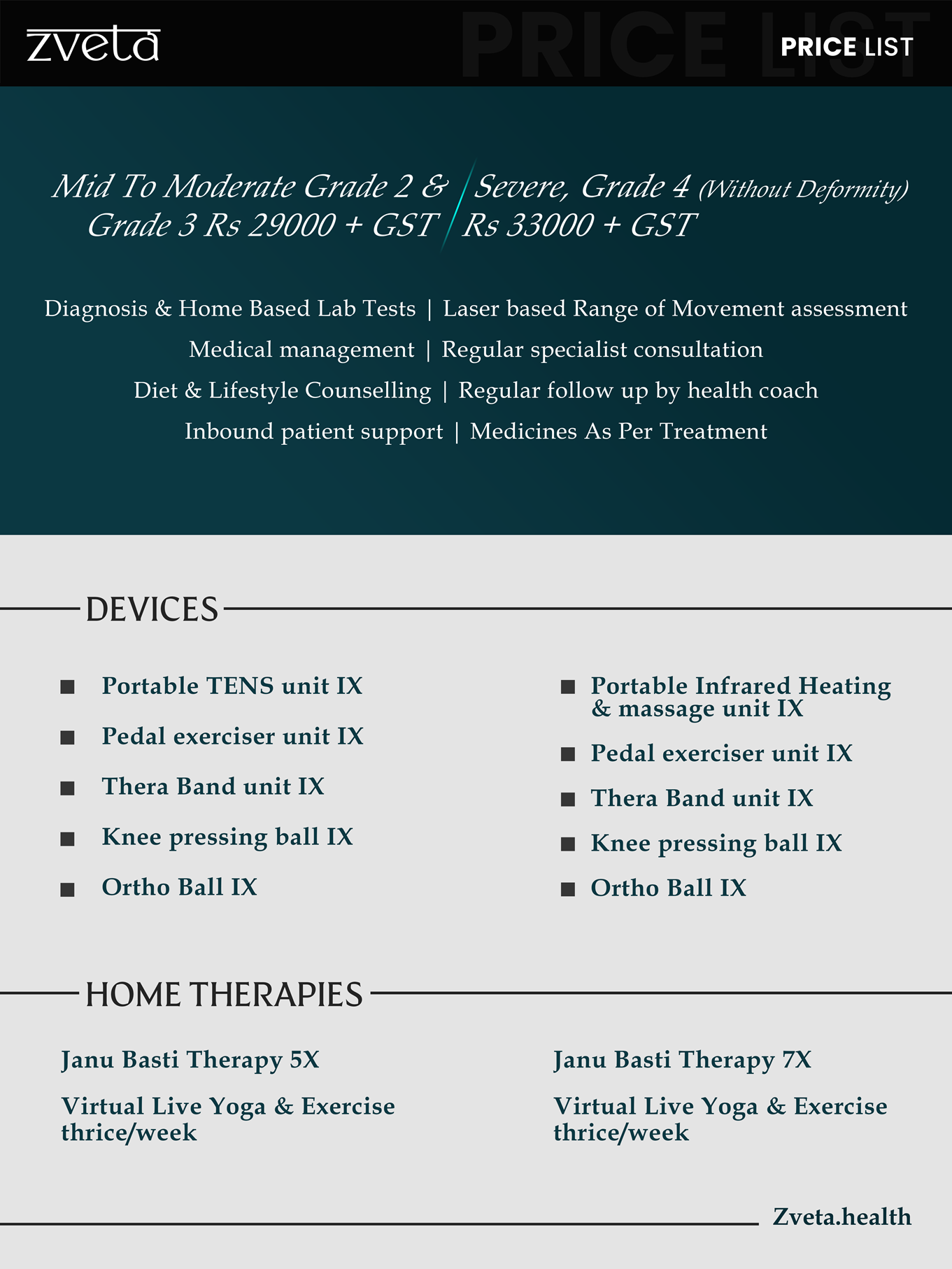Living with spondylosis can be tough. As we age, the wear and tear on our spinal discs and vertebrae can lead to pain, stiffness, and less mobility. It’s not just aging that causes spondylosis; factors like genetics, lifestyle choices, and past injuries play a big part too.
Managing spondylosis effectively means more than just popping pills or considering surgery. A holistic approach that includes diet, exercise, and lifestyle changes can make a huge difference. Let’s look at the role of diet and lifestyle in managing spondylosis.
Understanding spondylosis
Spondylosis, also known as spinal osteoarthritis, is a degenerative condition that affects the vertebrae and intervertebral discs of the spine. As people age, the wear and tear on the spinal column can lead to the breakdown of cartilage, the development of bone spurs, and the loss of disc height. This often results in pain, stiffness, and decreased mobility.
Causes and risk factors
The primary cause of spondylosis is age-related degeneration. As we age, the structures within the spine naturally deteriorate. However, several other factors can accelerate this process. Genetic predisposition plays a significant role; if your family has a history of spinal issues, you may be more likely to develop spondylosis. Lifestyle factors such as a sedentary lifestyle, poor posture, and repetitive stress on the spine from activities or occupations can also contribute. Additionally, injuries and obesity increase the risk by placing extra strain on the spine.
Types of spondyloses
Spondylosis can occur in different regions of the spine, each affecting mobility and comfort differently. Cervical spondylosis affects the neck region and can lead to symptoms such as neck pain, headaches, and even radiating pain into the shoulders and arms due to nerve compression. Thoracic spondylosis, though less common, affects the mid-back and can cause pain and stiffness in the upper and middle parts of the spine. Lumbar spondylosis affects the lower back and is often associated with lower back pain, sciatica, and leg weakness. Understanding the type of spondylosis is essential for targeting treatment and management strategies effectively.
The role of diet in spondylosis
Diet plays a crucial role in managing spondylosis by reducing inflammation, supporting bone health, and promoting overall well-being. A balanced and nutritious diet can alleviate symptoms, slow the progression of the disease, and enhance the effectiveness of other treatments. Here are key dietary considerations for individuals with spondylosis.
Importance of a balanced diet
A balanced diet provides the essential nutrients required for maintaining spine health and reducing inflammation. Consuming a variety of fruits, vegetables, lean proteins, whole grains, and healthy fats ensures that the body receives the necessary vitamins and minerals to support joint and bone health. A well-rounded diet also helps maintain a healthy weight, which reduces stress on the spine.
Anti-inflammatory foods
Incorporating anti-inflammatory foods into the diet can significantly help in managing spondylosis symptoms. Omega-3 fatty acids, found in fatty fish, like salmon, mackerel, and sardines, as well as flaxseeds and walnuts, are known for their anti-inflammatory properties. Turmeric, with its active compound curcumin, and ginger are potent anti-inflammatory agents that can be easily added to meals. Additionally, a diet rich in fruits and vegetables, particularly those high in antioxidants like berries, spinach, and kale, can help reduce inflammation.
Foods rich in essential nutrients
Certain nutrients are particularly beneficial for individuals with spondylosis. Calcium and Vitamin D are vital for maintaining bone density and preventing further degeneration. Dairy products, leafy greens, and fortified foods are excellent sources of calcium, while sunlight exposure and fatty fish can boost Vitamin D levels. Magnesium, found in nuts, seeds, and whole grains, is crucial for muscle function and can help alleviate muscle stiffness and cramps. Antioxidants such as Vitamins C and E, found in citrus fruits, nuts, and seeds, help reduce oxidative stress and support overall spinal health.
Foods to avoid
Certain foods can exacerbate inflammation and should be limited or avoided. Processed foods, which are often high in unhealthy fats, sugars, and preservatives, can increase inflammation and contribute to weight gain. Sugary foods and beverages, including sodas, candies, and pastries, should be minimized due to their inflammatory effects. Excessive consumption of red meat and dairy can also promote inflammation and may need to be reduced in favor of lean proteins and plant-based alternatives.
The impact of lifestyle on spondylosis management
Lifestyle choices can also greatly affect spondylosis management. Healthy habits can alleviate symptoms, improve mobility, and enhance quality of life. Key factors include regular exercise, proper posture and ergonomics, weight management, and stress reduction.
Importance of regular exercise
Exercise strengthens spine-supporting muscles, enhances flexibility, and improves circulation, reducing pain and stiffness. Beneficial activities include low-impact aerobics like walking, swimming, and cycling, as well as strength training and yoga.
Posture and ergonomics
Proper posture and ergonomic setups at home or work reduce spinal strain. Maintain a neutral spine position, use supportive chairs, position screens at eye level, and take breaks to move. Use proper lifting techniques to prevent injury.
Weight management
A healthy weight reduces spinal pressure and discomfort. Combine a balanced diet rich in nutrients with regular exercise to manage weight effectively. Avoid processed foods and focus on whole, nutritious options.
Stress management techniques
Stress can worsen pain perception, making stress reduction vital. Practice relaxation techniques like yoga, meditation, and deep breathing exercises. Ensure good sleep hygiene and adopt sleep positions that support spinal health.
Concluding thoughts
Managing spondylosis effectively requires a holistic approach that combines diet, exercise, and lifestyle modifications. It’s a process that might take some getting used to, but the benefits are mor than worth it. Living with spondylosis can be challenging, but proactive management through these strategies can significantly improve quality of life. Each person’s journey is unique, so it’s important to tailor these recommendations to individual needs and consult healthcare professionals for personalized guidance. Embracing these lifestyle changes not only helps manage spondylosis but also promotes general health, enabling individuals to lead active, fulfilling lives despite their condition.


